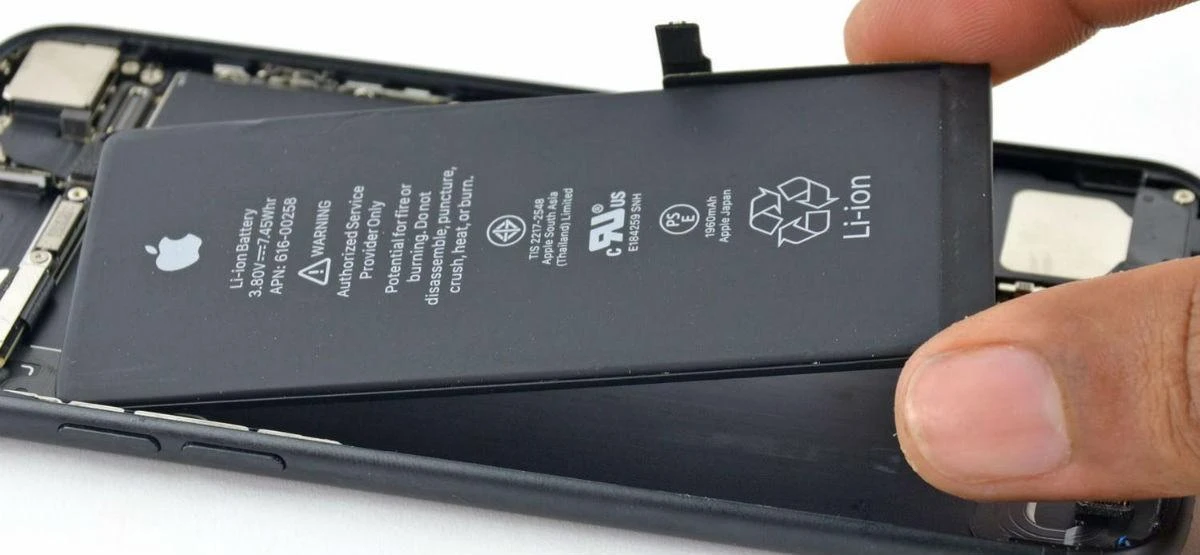Under a proposed settlement to a class-action lawsuit, Apple has agreed to pay out up to $14.4 million to Canadians who owned an iPhone 6 or iPhone 7, and downloaded a new version of iOS before Dec. 21, 2016.
The iOS “upgrades” caused the iPhones to slow down dramatically. Apple said it was to help keep batteries on older phones from degrading, but consumers suspected it was done to encourage them to buy a newer phone. Apple hasn’t admitted to any wrongdoing.
If you owned and/or purchased an Apple iPhone 6, 6 Plus, 6s, 6s Plus, SE, 7 or 7 Plus smartphone device with iOS 10.2.1 or later (for iPhone 6, 6 Plus, 6s, 6s Plus, or SE) and/or iOS 11.2 or later (for iPhone 7 or 7 Plus) installed or downloaded, before December 21, 2017, you may be eligible for a payment from this class action.
The Settlement is not an admission of liability, wrongdoing, or fault on the part of Apple, which denies the allegations against it.
The hearing to decide whether to approve the Settlement and the payment of Class Counsel Fees will take place on January 29, 2024 at the courthouse at 800 Smithe Street, Vancouver, British Columbia.
The deadline for consumers to opt out of the settlement was Jan. 10, 2024.
If the court approves the settlement, consumers must fill out a claim form with their iPhone’s serial number, and swear that they installed or downloaded iOS version 10.2.1 (for iPhone 6, 6 Plus, 6s, 6s Plus, and SE) or iOS version 11.2 or later (for iPhone 7 and 7 Plus) before Dec. 21, 2017.
Information on how to submit the claim form will be available on the settlement website if the B.C. Supreme Court approves the settlement.
Under terms of the proposed settlement, Apple has agreed to pay a minimum of $11.1 million and a maximum of $14.4 million. Consumers will be entitled to a maximum of $150 per affected phone.
If more people than expected submit eligible claims, the settlement money will be distributed on a “pro rata” basis, meaning consumers could get less than $150 per phone.



